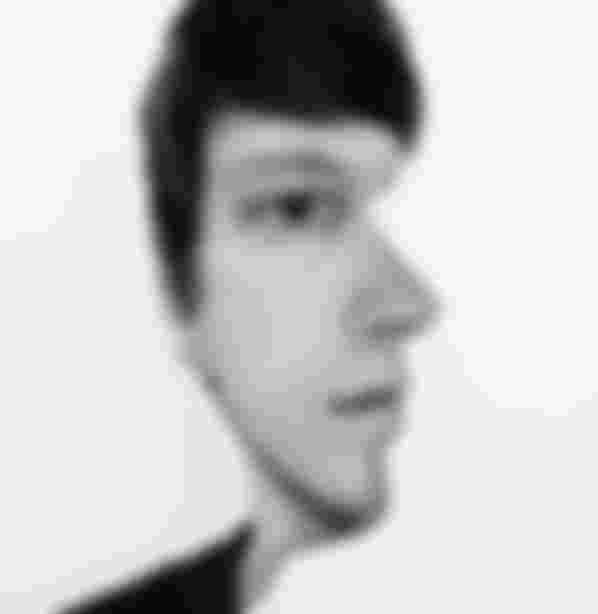things you might not know about selfies

1. If you think that the fashion for self-portraits in the 21st century proves that Americans are a narcissistic group, remember that the previous American portraits that appeared since 1839, and that still exist today, were also self-portraits. Thanks to the technology found at the time, Robert Cornelius had time to open the camera cover, then move forward in front of the camera and stand for a few minutes while the picture was taken, then move again to close the cover.

2. In August 2014, New York Mayor Andrew Comem signed a bill to tighten the law on “self-portraits with tigers,” which are photos that men often take to approach big cats at roaming animal shows and exhibits, take snapshots of themselves, and pose with wildlife. These pictures are sometimes posted on online dating sites.
3. According to a British survey conducted in 2013, 36 percent of young people aged between 18 and 24 admitted that they made edits to self-portraits before they were published. Most chose to retouch skin tone (39 percent) or eye color/brightness (26 percent). Apparently, some went too far; Whereas, 44 percent of those who edited their photos said that after they changed one photo, they then edited all or most of the selfies they had previously posted.

4. In 2014, Brianna Mitchell was subjected to harsh criticism, when she published a tweet of her smiling self-portrait in a Nazi death camp, and her message was: Self-portrait in Auschwitz-Birkenau :). Her defense was in response to criticism that she and her father used to discuss the events of World War II and the history of the Holocaust, but he died before they could complete the journey together. This emotional explanation was tempered by another tweet Mitchell wrote, when backlash broke out, "Hello, I'm a celebrity."
5. Artists often made personal photographs that expressed their agony. Cel, Mexican painter Frida Kahlo, has portrayed herself in various strange ways, including her image next to her extracted heart wearing a necklace of thorns while sitting next to a picture of herself undergoing surgery. Performance art might also become a way to share a grotesque selfie. In the 1970s, Chris Borden was pinned to the roof of a Volkswagen Beetle to represent a satirical crucifixion, Vito Aconsi bit himself, then smeared and printed the bite spots. You might call them "self-disgusting acts."
6. “Selfie stick”, a device that a smartphone can attach to to take selfies from a distance farther than an arm can reach. The stick is particularly popular in Asia, while it has not been welcomed in other places. Lawrence Allard, a French professor studying mobile technology on time.com, told time.com that real selfies don't use a stick: “A selfie is not just a photograph, it has its own codes and rules, and the basic rule is that a selfie should be It is taken by hand. An authentic self-portrait should show that it was taken with your outstretched arm, which is a type of signature.
7.With society's growing fascination with self-portraits and video (you witness the impact of the Islamic State beheading videos and Ray Rice's episode on domestic violence), some people are wondering if the visual effects are becoming too much of an impact on us. But this concern is not new. In 1920, writer David Herbert Lawrence lamented that the culture of the photograph gave people one consistent self-image: “Primitive man simply did not know what he was. It was dark half the time, but we learned to see, and each of us He has a complete idea of himself thanks to the Kodak cameras.”
8. After Vincent van Gogh cut off part of his ear in 1888, he painted a portrait of a dresser. Since then, some people have claimed - which is incorrect - that he distorted his right ear. In fact, it was his left ear and it seemed to be the right; Because he painted his picture of a woman.
9. Why did some people hate seeing their pictures? According to one theory, because of the mirror element again, as they are so accustomed to seeing themselves in the mirror, an unreversed image may seem strange. A 1977 study found that people prefer their pictures in women to their real pictures, but their friends prefer the opposite. This has been attributed to people's tendency to prefer things they are exposed to most often. And with self-portraits becoming more and more popular, will more people prefer seeing their own pictures and hate seeing themselves in women?


